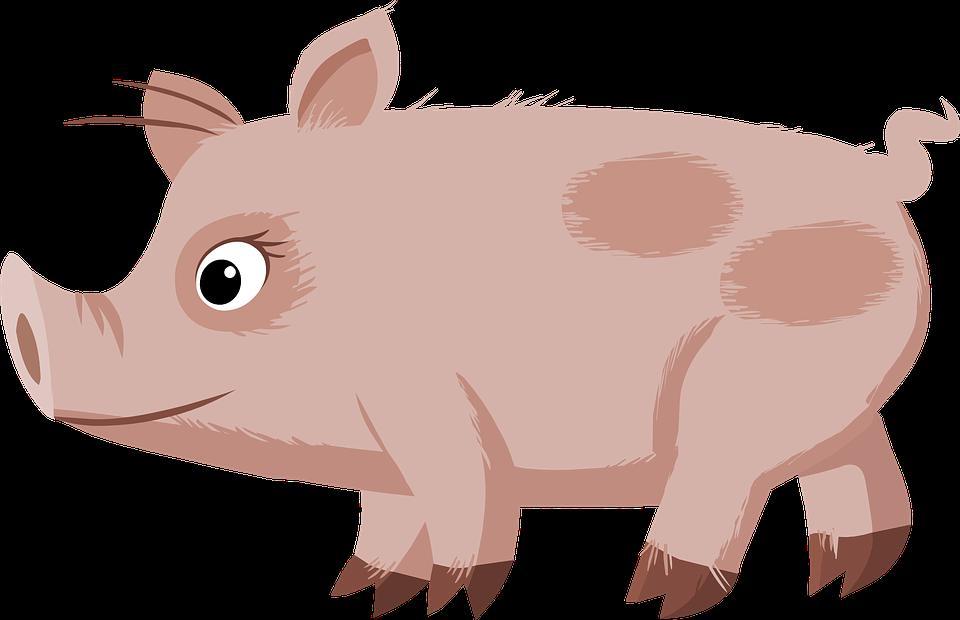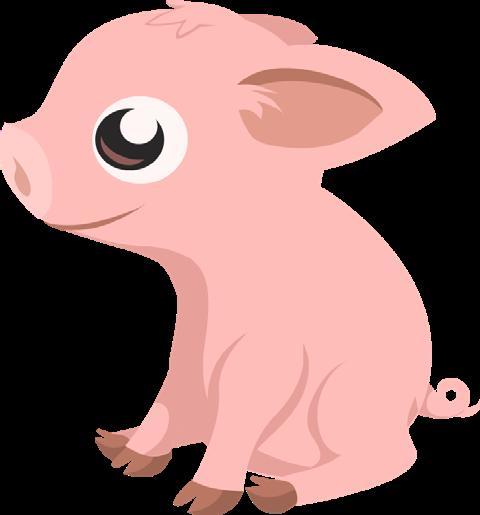
2 minute read
Day 2
Session 3: Number bonds
Practise number bonds to 20 practically with the learners. Flash any number from 0 to 20 in the facilitator aid. The learners must name the correct bond of 20 as quickly as possible.
Complete activity 2 in workbook 1. The learners complete the number bonds of 20.
Day 2
Session 1: Place value: tens and ones
As an introduction, tell the learners the following story: Once upon a time there were two pigs.
The one pig was very big and fat and the other pig was very small and thin. The fat pig’s name was Tens. Tens always ate 10 slices of bread at a time with huge bites. The little pig’s name was Ones and he could only take small bites. The most slices of bread he could eat at one time was 9. Each time the pigs ate, a huge number appeared on their bodies showing how much they had eaten. Ones always sat next to Tens so you couldn’t see the big pig’s 0. But with the little pig sitting next to the big pig, it showed how many slices of bread they had eaten altogether.
It is the farmer’s birthday, and to celebrate he brought the pigs a whole loaf of bread with 16 slices.
1 6
• Help the learners to work out how many slices of bread each pig will get. • Use the place value table in the learner aid to group the numbers. • Use counters to unpack it. • Write the correct numbers in the correct columns. • Repeat the exercise with different numbers of slices of bread or types of food until the learners understand it well.

• Count from 1 to 10. • Count in multiples of 10 to 200. • Draw a picture about the story. Draw a small pig and a big pig. Write ‘ones’ above the small pig and ‘tens’ above the big pig. Draw 9 slices of bread in the small pig’s tummy and 20 slices of bread in the big pig’s tummy. • Cut out the two pigs from the learner aid. The cards should preferably be laminated so that the learners can write different numbers on them. • The learners must listen carefully to the facilitator and see how many slices of bread can be given to the pigs. Remember, the small pig can only eat ones (1 to 9) and the big pig can only eat tens (multiples of 10 to 90). • When the learners understand this well, repeat the instruction with different numbers. • If the learners do not understand this well, repeat the initial instruction.
Session 2: Place value
Make sure that the learners understand the concept of tens and ones. Place value is the foundation of all the mathematical calculations that they will do.
Complete activity 3 and 4 in workbook 1. The learners complete the place values.
Session 3: Place value
Use the expansion cards with tens and ones in the facilitator aid. Demonstrate to the learners how the tens and ones are built to form numbers. Repeat the exercise with different values by building and breaking down numbers.
Complete activity 5 in workbook 1. The learners break down the numbers to complete the table.



